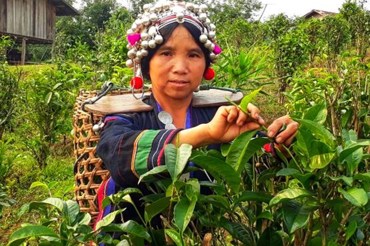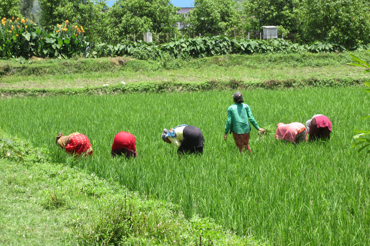There is an opportunity to establish functioning markets for environmentally sustainable production systems to drive change among smallholder farmers to adopt new, innovative solutions that improve climate resilience or reduce deforestation. This opportunity requires a holistic view of the market systems. The financial risk of losing the yield due to negative climate impacts provides a clear incentive for change. By targeting activities to tackle the bottlenecks that currently inhibit appetite for and the adoption of more sustainable systems, we can make sustainable farming systems and markets accessible for more farmers to improve their general livelihoods while increasing their climate resilience.
Generally, the MSD approach is a flexible approach that engages the private sector in development, unlocking potentials in the market systems. At the heart of every intervention in an MSD programme is a sustainable business model, which sells products and services needed and demanded by the market. Systems change is not brought about by the implementer but rather by local partners. Market systems resilience projects look at what is necessary in the system and which partners have a willingness and also the ability to pioneer ideas. Incentives to implement changes in a market system can be achieved using co-investment, leveraging of partners, facilitation of ideas and de-risking pilots financially.












